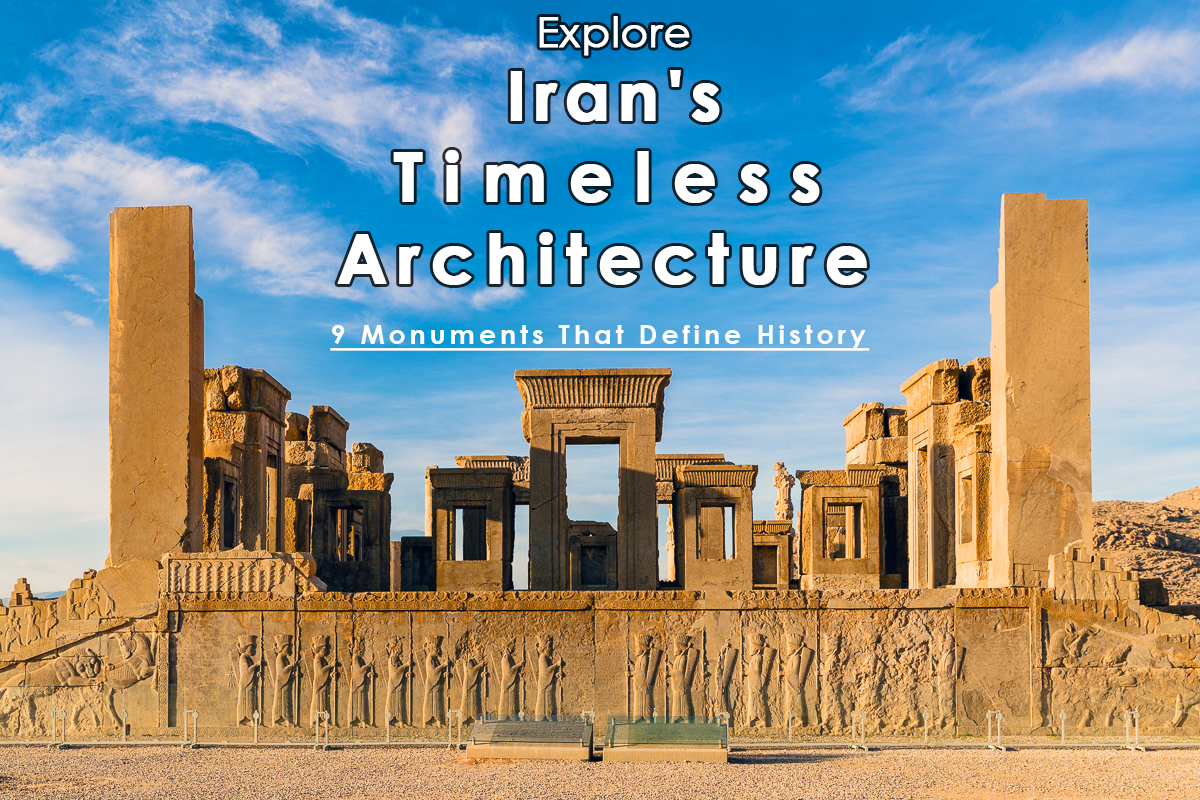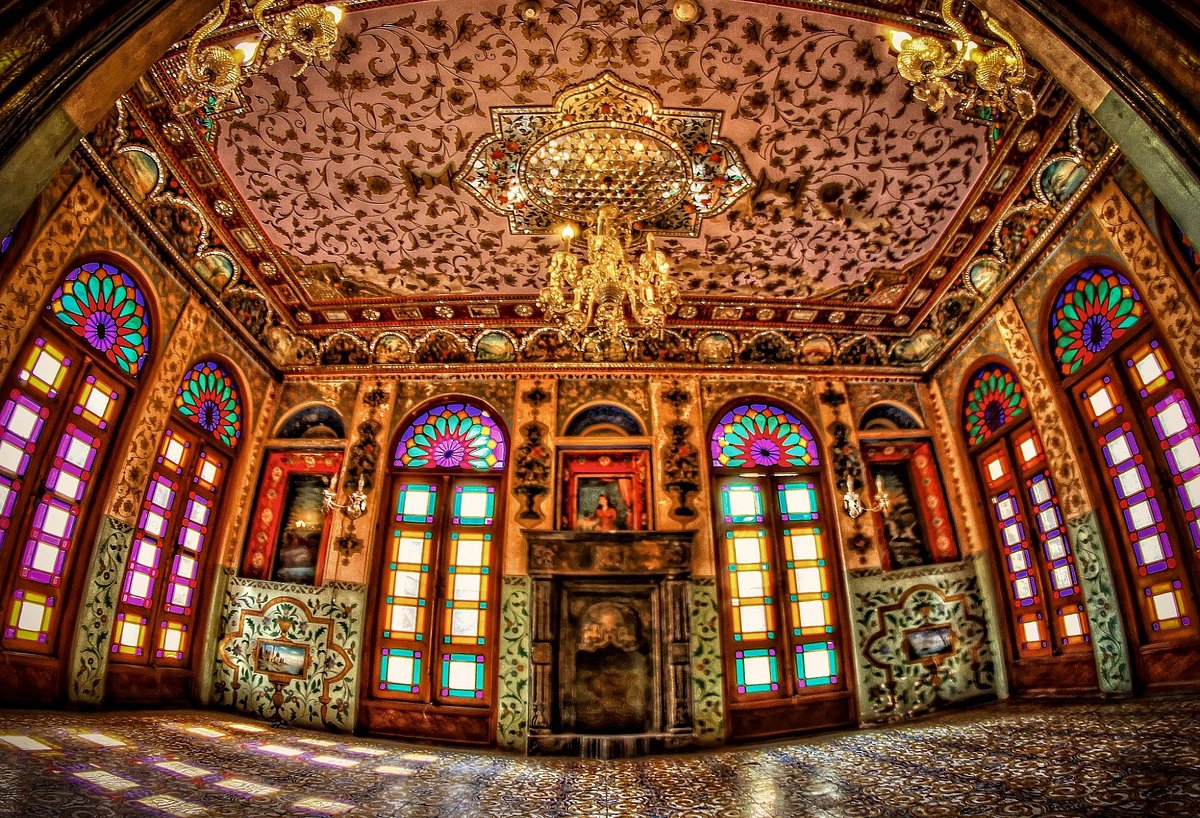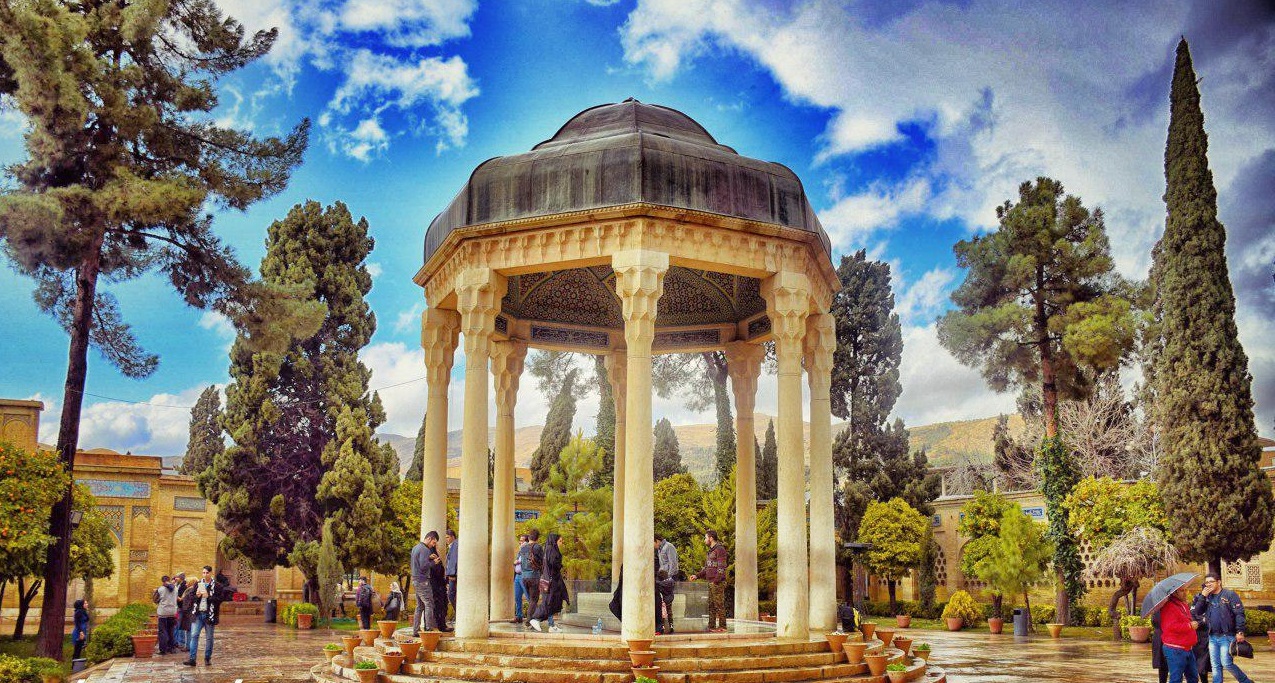

Iran: A Country with Rich History and Civilization
Iran, with its ancient history and fascinating civilization, is a country where architectural masterpieces stand as gateways to the past, revealing the splendor of bygone empires and the artistry of Persian craftsmanship. For history enthusiasts, art lovers, and adventurers alike, Iran offers a breathtaking array of monuments that capture the beauty and sophistication of its cultural legacy. Exploring these treasures allows travelers to journey through centuries of history, gaining insight into Persian aesthetics, spirituality, and power. To experience these monumental sites fully, travelers can make their journey seamless by organizing hotel reservations in Iran near each landmark, ensuring easy access to these awe-inspiring destinations and the chance to explore Iran’s unique ambiance.
For those drawn to places that inspire and transport them back in time, Iran’s architectural wonders are an invitation to marvel at the grand designs and intricate artistry left behind by ancient architects. From the grand ruins of Persepolis to the serene charm of Hafez’s tomb, each monument showcases a different chapter in the story of Persian civilization, allowing visitors to immerse themselves in the enduring beauty of Iran.
Introducing 9 Historical Monuments with Amazing Architecture in Iran
1. Persepolis – Shiraz
Persepolis, an iconic symbol of Iran’s ancient glory, stands as a testament to the power and sophistication of the Achaemenid Empire. Constructed by Darius the Great around 518 B.C., Persepolis served as the ceremonial heart of the empire, where its rulers gathered to celebrate the Persian New Year and receive delegates from across their vast kingdom. Visitors can explore a wealth of architectural wonders, from the imposing Gate of All Nations to the Apadana Palace, each decorated with intricate carvings depicting tributes to Persian royalty. This site, a UNESCO World Heritage site, offers an unparalleled look into the monumental scale of ancient Persian architecture, inspiring awe in all who visit.
2. Naqsh-e Jahan Square – Isfahan
Located in Isfahan, Naqsh-e Jahan Square is a dazzling blend of art, culture, and architecture. This expansive square, built under the reign of Shah Abbas I, served as the focal point of Safavid Persia. The square is encircled by architectural masterpieces, including the Imam Mosque with its towering blue-tiled dome, the enchanting Sheikh Lotfollah Mosque, and the impressive Ali Qapu Palace, each adding to the square’s breathtaking beauty. The square’s design reflects the Persian concept of urban planning, where beauty and functionality come together to create a harmonious public space. Recognized as a UNESCO World Heritage Site, Naqsh-e Jahan remains an irreplaceable cultural landmark, providing visitors with a profound insight into the aesthetic sophistication of Persian Islamic architecture.
3. Golestan Palace – Tehran
The Golestan Palace in Tehran, a lavish complex from the Qajar dynasty, is one of the oldest historic structures in Iran’s capital. This palatial masterpiece showcases a stunning combination of Persian and European architectural influences, reflecting the Qajar rulers’ fascination with Western styles. Within its opulent halls, visitors will find intricate tile work, delicate mirror mosaics, and grandiose spaces such as the Hall of Mirrors and the Marble Throne. The gardens surrounding Golestan Palace, designed in the traditional Persian style, offer a peaceful respite from the bustling city outside, making the palace an essential stop for those wishing to experience the artistry and grandeur of Iran’s royal heritage.

4. Sheikh Safi al-Din Khānegāh and Shrine Ensemble – Ardabil
In Ardabil, the Sheikh Safi al-Din Shrine commemorates the founder of the Safavid order, a pivotal figure in Iranian history. The shrine’s architecture is a captivating blend of spirituality and art, with mesmerizing tilework, finely detailed carvings, and calligraphy gracing its walls. One of the most stunning features is the “Allah Allah Dome,” adorned with beautiful calligraphy and intricate mosaics. This architectural marvel exemplifies the spiritual heart of Safavid Iran, providing visitors with a serene, reflective environment that pays homage to the country’s rich religious heritage and mystic traditions.
5. Pasargadae – Fars Province
As the burial site of Cyrus the Great, Pasargadae is not only a historical landmark but also a sacred place that embodies the legacy of the Achaemenid Empire’s founder. Set amidst a sprawling archaeological landscape, the simple yet imposing stone tomb of Cyrus reflects an architectural style that conveys strength, humility, and respect. Built in a distinctive Persian style influenced by earlier civilizations, Pasargadae stands as a lasting tribute to the man who united Persia and established one of the greatest empires of antiquity. Walking through the remains of his ancient capital allows visitors to contemplate the powerful legacy of this visionary leader.
6. Jameh Mosque of Yazd – Yazd
The Jameh Mosque of Yazd is a prime example of Persian-Islamic architecture, famed for its soaring minarets, exquisite tilework, and intricate patterns. Constructed in the 14th century, the mosque represents centuries of artistic tradition, where local artisans have infused their skill and devotion into every tile and archway. The entrance, featuring a towering iwan and intricately adorned blue tilework, is one of Iran’s most photographed architectural sites. This mosque is not only a place of worship but also a work of art, inviting visitors to marvel at the craftsmanship and spiritual dedication that define Yazd’s cultural landscape.
7. Shah Cheragh – Shiraz
Shiraz is home to Shah Cheragh, a shrine that combines dazzling architectural details with spiritual reverence. The interior is covered in countless mirror fragments that reflect light, creating a shimmering atmosphere that transports visitors to another world. This holy site is a place of pilgrimage for many, offering both a place for worship and an immersive experience in Persian artistry. The beautiful tilework, mosaics, and gleaming dome make Shah Cheragh one of the most visually captivating monuments in Iran, leaving a lasting impression on all who visit.
8. Tabatabaei House – Kashan
The Tabatabaei House is a historical mansion in Kashan that gives insight into traditional Persian residential architecture. Built in the 19th century by a wealthy merchant, this house exemplifies the elegance of Qajar-era design, with finely decorated stucco work, stained glass windows, and wind towers that provide natural cooling. The house’s design reflects the Persian concept of privacy and comfort, with rooms strategically organized around peaceful courtyards. Visitors can explore the beautiful courtyards, admire the artistic tilework, and gain an appreciation for the sophistication of Persian interior design and the cultural emphasis on family and hospitality.

9. Tomb of Hafez – Shiraz
The Tomb of Hafez, located in Shiraz, is a monument dedicated to Iran’s beloved poet. Set within lush gardens, the tomb is topped by a beautifully decorated pavilion that captures the essence of Persian poetry and mysticism. The site is adorned with engraved verses from Hafez’s work, drawing poetry lovers and admirers from around the world who come to reflect on his wisdom and timeless words. The serene gardens surrounding the tomb create an ambiance that mirrors the depth and beauty of Hafez’s poetry, providing a place of quiet reflection and inspiration.
These Buildings and Getting to Know the History and Culture of Iran Better
Iran’s historical monuments are much more than architectural wonders; they are portals to the nation’s storied past, offering insights into the evolution of art, spirituality, and culture across centuries. Each landmark, from the resplendent Persepolis to the serene Tomb of Hafez, captures a unique chapter in Iran’s legacy, illustrating the values, beliefs, and achievements of Persian civilization. For travelers seeking to experience the depth of Persian heritage, these sites provide a vivid journey into Iran’s cultural heart, where each building reflects an era’s distinctive vision and craftsmanship.
With thoughtful planning and an airline ticket to Iran, visitors can embark on an unforgettable journey to these cultural marvels. Exploring these sites offers not only a view into ancient Persia but also a profound connection to a culture that has influenced art, philosophy, and beauty across generations.
